Coronavirus transport rules labelled ‘unworkable’ for Central Coast commuters
Central Coast commuters are set to be the worst hit by the new COVID-19 travel restrictions, according to Labor MP David Harris.
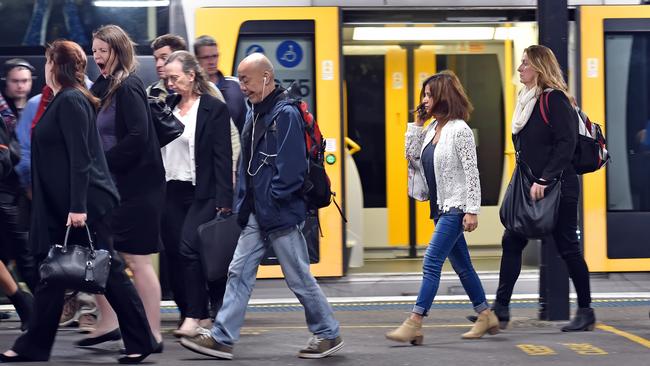
Central Coast
Don't miss out on the headlines from Central Coast. Followed categories will be added to My News.
- Central Coast parking strategy reveals suburb-by-suburb plans
- Catholic schools lead return to full time attendance
Central Coast commuters about to return to work are in for a world of pain, according to Wyong state Labor MP David Harris.
Mr Harris said the new restrictions will create massive issues for more than 30,000 commuters across the region along with schoolchildren, with full-time public school attendance resuming next week.
Train restrictions limit 32 passengers to each carriage while a maximum of 12 people are allowed on buses.
“For coast rail commuters the reality is trains from Newcastle will already be full before they reach Central Coast stations,” Mr Harris said.
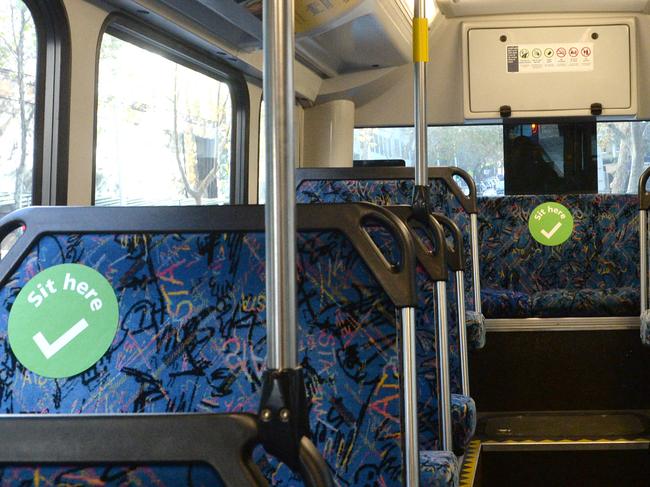
“Trains starting from Wyong will be full before they reach Woy Woy.
“The afternoon return from the city will be worse with trains full when leaving Central.
“Will station staff be stopping commuters from entering trains when the new limits are reached?”
Mr Harris said the restrictions will increase the amount of cars on our roads.
“These restrictions will force more commuters onto the roads increasing congestion, putting pressure on non-existent parking and hit commuters in the pocket forcing them to pay tolls,” he said.
“Schoolchildren will also be affected if restrictions of 13 persons on a bus is enforced. School buses are already crowded and what happens when 13 students are already on a bus, do buses just drive pass waiting students?”
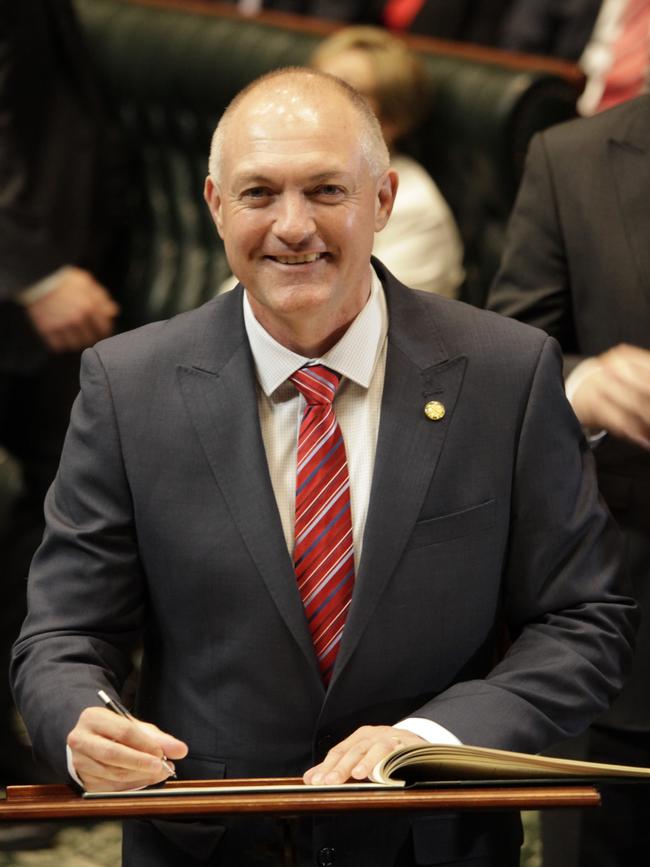
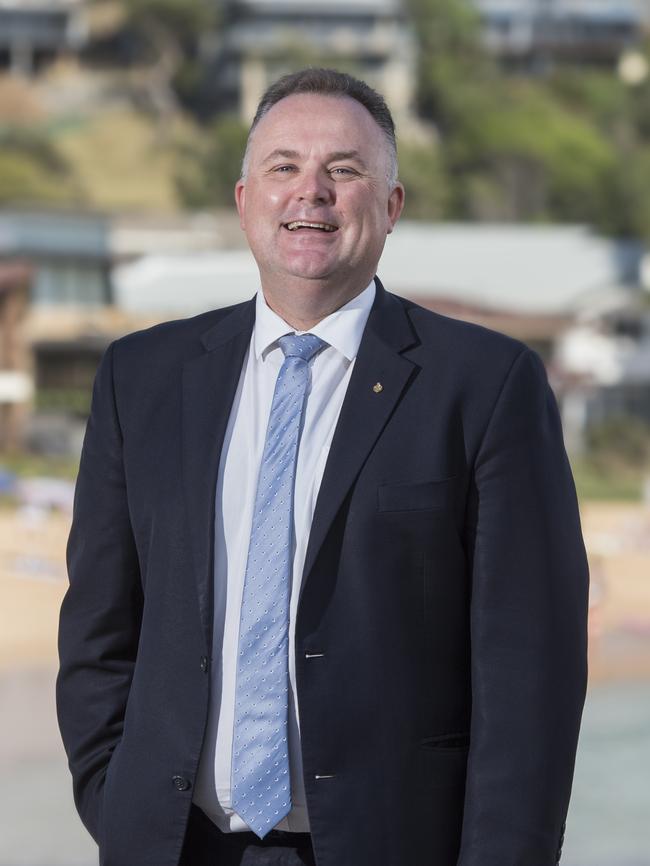
“The Government needs to explain how the restrictions will work in practice otherwise chaos is ensured. The coast will be worst hit because of the reliance on public transport.”
Central Coast Parliamentary Secretary Adam Crouch said social distancing on public transport was crucial to keeping everyone safe.
“Social distancing rules means that the public transport network has limited capacity,” he said.
“Many workers in the health and construction sectors work in shifts, so I would encourage anyone who can work flexibly to continuing to work from home or travel at non-peak times.
“Green dots are also being placed on Central Coast line trains as well as Busways and Red Bus vehicles to show the safest places to sit or stand. The message is no dot, no spot.”
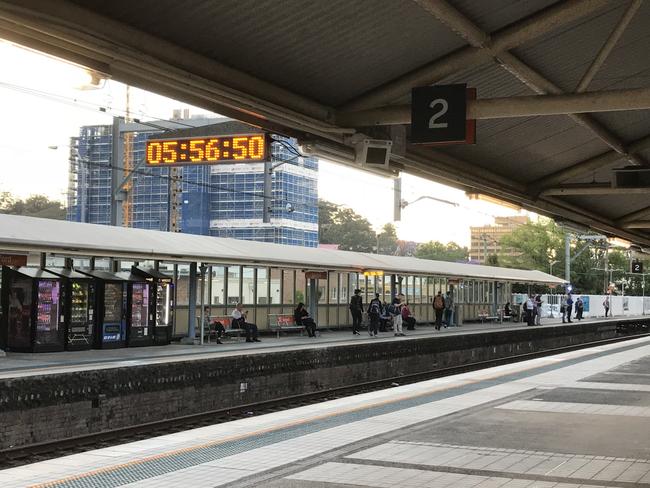
He said another option for commuters is to drive to the city, with all-day parking at Moore Park and city carpark operators offering special rates.
Transport for NSW has also launched coloured indicators on timetable screens and travel apps indicating how many people are in each carriage, bus or ferry.
Green means there’s space available, orange means there’s limited space and red indicates that you won’t be able to safely physical distance.
“Services are already close to capacity to allow for distancing at these times,” the website indicated.
If services are full, people will be asked to wait, the website states.
“Schoolchildren and those who require assistance, such as those with disability will be given priority accesses.”

